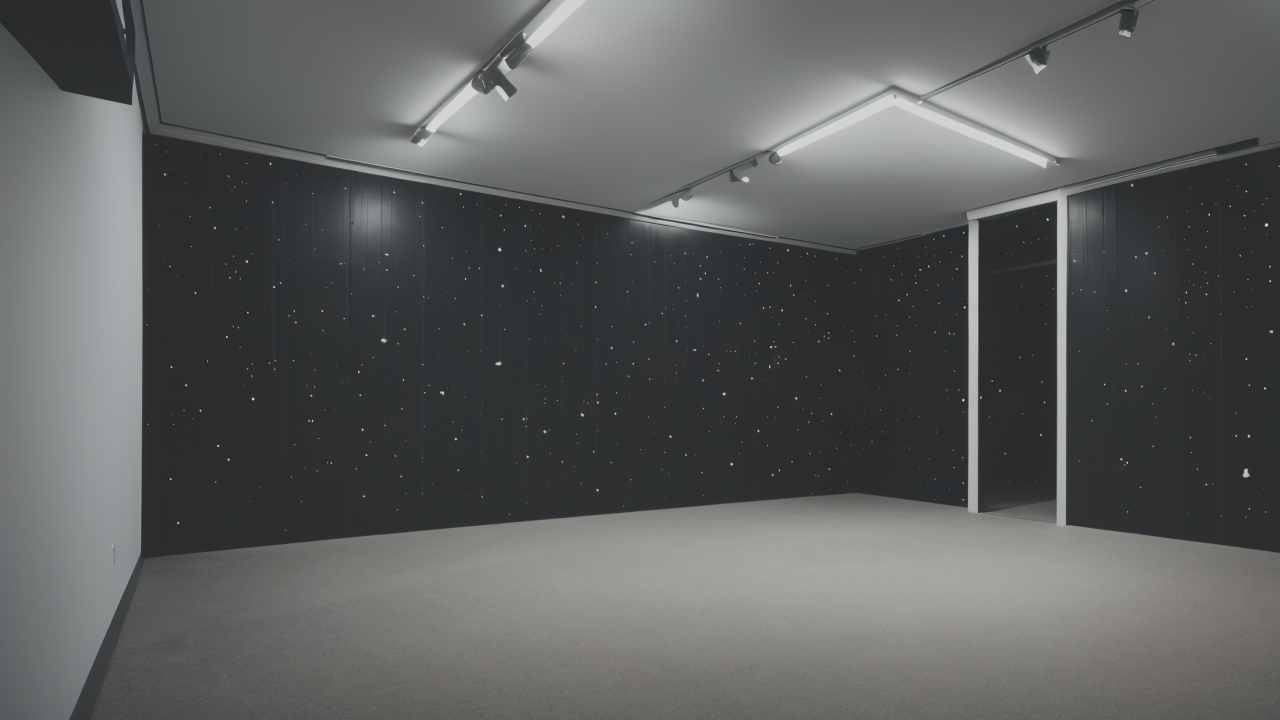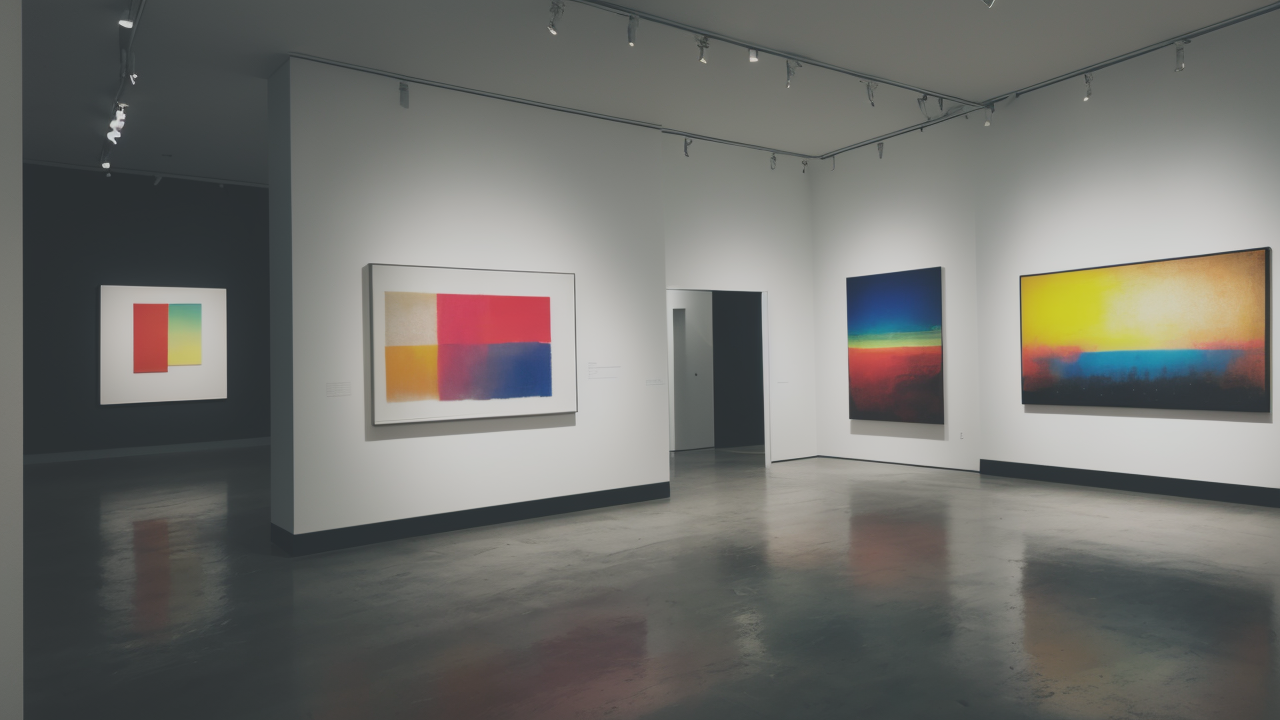
The Rise of Minimalist Drawings: Exploring Trends in Contemporary Art
Understanding Contemporary Minimalist Art: A U.S. Perspective
What Defines Contemporary Minimalism?
Contemporary minimalism in art is about simplicity and clarity. It uses basic elements to create strong works. The focus is on essential forms and colors. Artists remove extra details. They keep only what's needed to share their message.

Key features of contemporary minimalist art include:
- Clean lines and shapes
- Few colors
- Use of empty space
- Simple designs
- Focus on materials
Artists try to say a lot with little. They want viewers to find meaning in simple things. This style is popular in the U.S. art world. It offers a calm break from busy life.
The Historical Evolution of Minimalist Art in the United States
Minimalist art in the U.S. started in the 1960s. It was a response to complex art styles. Early artists like Donald Judd and Frank Stella were leaders. They used simple forms and basic materials.
The movement changed over time:
- 1960s: Mostly sculpture and installations
- 1970s-1980s: More painting
- 1990s-2000s: New media exploration
- Today: Mix of styles
Modern minimalist art is more varied. It uses more colors and topics. Artists find new ways to apply simple ideas to different art forms.
The Role of Color in Contemporary Minimalist Creations
Color is important in today's minimalist art. Unlike early works with few colors, new pieces can be bright. Artists use color to set moods and grab attention. They pick colors carefully to make their simple designs better.
In new minimalist paintings, color does many things:
- Adds depth
- Highlights parts
- Sets the mood
- Challenges old ideas
Artists like Ellsworth Kelly showed how powerful color can be in simple art. Many new colorful minimalist works show their influence. Bold colors add new layers to minimalist art.
Key Players in the Contemporary Minimalist Art Movement
Prominent Artists and Their Influence on the Art Scene
Several artists have shaped modern minimalist art in the U.S. Their work inspires new artists and buyers. Some important names are:

- Agnes Martin: Known for soft grid paintings
- John McCracken: Made shiny simple sculptures
- Anne Truitt: Created colorful column sculptures
- Brice Marden: Drew abstract line paintings
These artists pushed minimalism in new ways. They showed that simple art can be strong and diverse. Their work still affects the art world today.
How Galleries and Exhibits Are Shaping Modern Art Trends
Galleries and shows play a big role in promoting minimalist art. They decide which art to display and how. This shapes what people see and think about minimalism. Many galleries create events that show new trends in simple art.
Ways galleries affect minimalist art:
- Plan themed minimalist shows
- Support new minimalist artists
- Teach people about minimalist art
- Work with designers to use minimalist art in spaces
Big museums often show minimalist works. This helps more people see and understand this art style. It also affects which artists become famous.
The Impact of Technology on Contemporary Minimalist Art
Technology has changed how artists make minimalist works. It gives them new tools and methods. Digital art has opened up new ways to create simple designs.
Ways technology is changing minimalist art:
- Making digital minimalist art
- Using lights in art displays
- 3D printing simple sculptures
- Creating interactive minimalist art
Some artists use computers to make simple patterns. Others use light to create minimalist spaces. These new methods are expanding what minimalist art can be.
The Future of Contemporary Minimalist Art in the United States
Emerging Trends in the Minimalist Art Genre
Minimalist art keeps changing in the U.S. New trends are making this style more interesting. Artists are finding creative ways to share big ideas with simple forms.

Some new trends in minimalist art:
- Eco-minimalism: Using natural items
- Tech-minimalism: Using AI to make art
- Micro-minimalism: Creating tiny art
- Sensory minimalism: Art you can touch or smell
These trends show how minimalism adapts to new ideas. They prove that simple art can still be fresh and exciting.
The Integration of Contemporary Minimalism into Interior Design
More people are using minimalist art in homes and offices. This art style helps make calm, clean spaces. It's changing how we decorate with art.
Ways minimalist art is used in design:
- Large simple paintings as room focus
- Minimalist sculptures in work areas
- Simple art displays in hotels
- Furniture that is also minimalist art
Designers often work with artists to make custom minimalist pieces. This mixes art and function in new ways. It makes minimalist art part of daily life.
Predictions for the Next Generation of Minimalist Artists
The future looks good for minimalist art in the U.S. New artists will bring fresh ideas. They will keep pushing what minimalist art can be and do.
Future trends might include:
- More interactive minimalist art
- Minimalist art in virtual worlds
- Mixing minimalism with other styles
- Using minimalist art to discuss social issues
As the world changes, so will minimalist art. It will keep offering a simple, clear view in a complex world. The power of simple art will stay strong and relevant.


